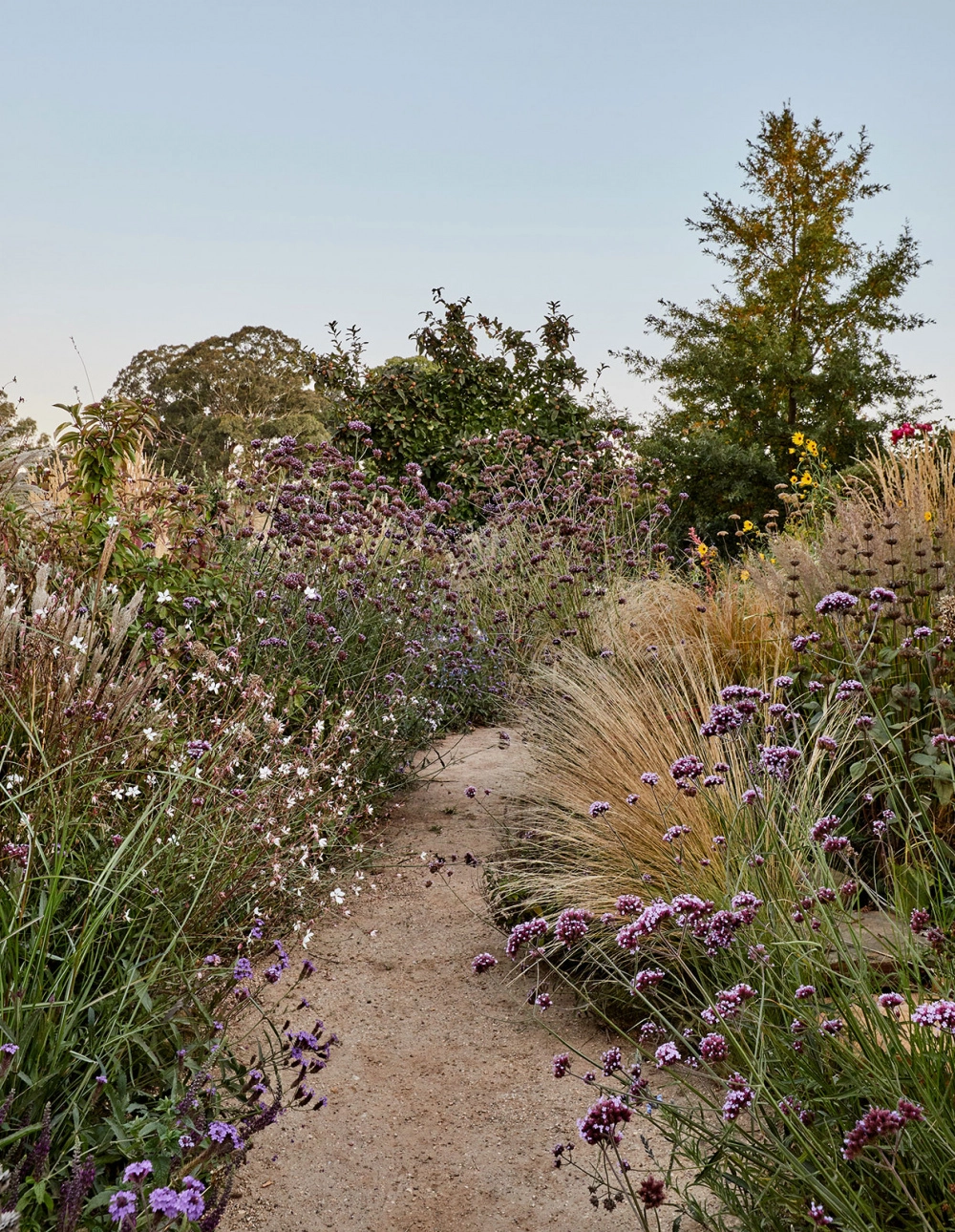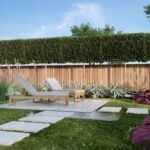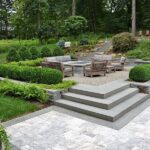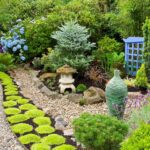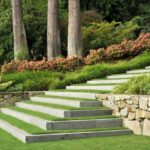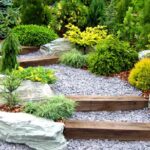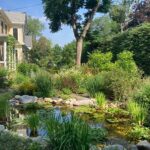Garden design landscape is an essential aspect of creating a beautiful and functional outdoor space. A well-designed garden can enhance the overall aesthetics of a property while also providing a space for relaxation, entertainment, and enjoyment. There are several key elements to consider when designing a garden landscape, including the layout, plant selection, hardscape features, and overall design style.
One of the first steps in designing a garden landscape is to consider the layout of the space. This involves determining the overall size and shape of the garden, as well as any existing structures or natural features that need to be incorporated into the design. The layout should be carefully planned to ensure that there is a good balance of open areas and planting beds, as well as pathways and seating areas for easy access and enjoyment.
Plant selection is another important aspect of garden design landscape. The choice of plants can greatly impact the overall look and feel of the garden, so it is important to select plants that are well-suited to the climate and soil conditions of the area. Consider factors such as color, texture, height, and blooming season when selecting plants for the garden, and be sure to choose a variety of plants to create interest and diversity within the landscape.
Hardscape features, such as patios, walkways, and retaining walls, are also important elements to consider when designing a garden landscape. These features can add structure and functionality to the garden, as well as create focal points and define different areas within the space. When designing hardscape features, it is important to choose materials that complement the overall design aesthetic of the garden and are durable enough to withstand the elements.
The overall design style of the garden landscape is another key consideration. Whether you prefer a formal, traditional garden or a more contemporary, minimalist design, it is important to establish a cohesive design style that ties together the various elements of the garden. Consider factors such as color scheme, architectural details, and decorative accents when creating a design style that reflects your personal tastes and complements the overall look of your property.
In addition to these key elements, there are many other factors to consider when designing a garden landscape, such as irrigation, lighting, and maintenance requirements. Proper irrigation is essential for ensuring that plants receive an adequate amount of water, while lighting can help enhance the beauty of the garden and create a welcoming atmosphere. Regular maintenance, such as pruning, weeding, and fertilizing, is also important for keeping the garden looking its best year-round. By carefully considering all of these elements, you can create a garden landscape that is not only beautiful and functional but also a true reflection of your personal style and preferences.
